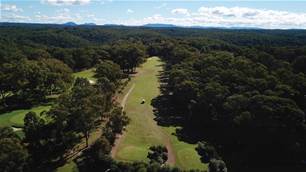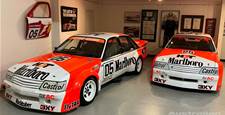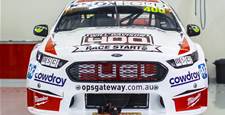Allan Moffat was the ideal villain for promoters in touring cars’ glory era of the ‘70s and ‘80s.
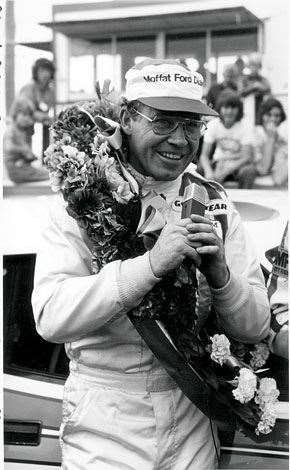 Allan Moffat 1977 Win
Allan Moffat 1977 WinImage: Chevron Library
Why is Australia so interested and good at motorsport?
“I think it’s this country’s love for the motor car; Australia followed in America’s footsteps, particularly when Ford
motor company in Detroit introduced its famous V8 engine in 1932. Aussies found the V8 was perfect for the long distances covered by drivers in this country.
“With the numbers of people who actively and regularly follow the V8s on Channel Seven, we’ve got terrific motorsport in this country; the contribution Seven made by televising the annual race at Bathurst in such a professional manner created a huge audience of motorsport fans.”
How differently were you treated by the Aussie racing fraternity in the early years because you were a foreign-born driver?
“No differently to anyone at the ‘base level’ – when we turned up to scrutineering and handed in our paper work. It was really the promoters later on who took advantage of the fact that a ‘cowboy’ from North America was out here. Particularly when I got my Trans Am Mustang, it was convenient to promote me as the guy in the ‘black hat’. The Mustang was such a popular car; I drove it so often, won races in it over four seasons. A lot of people saw that car in action. The fact I stayed here for more than five minutes meant I wasn’t a blow-in after a while. When I was hired by Ford in 1969 to be part of the GT-HO team, I got the privilege of going to Bathurst that year. It only took one weekend up there for me to decide I was going to spend a lot of my future trying to conquer that race.”
We hear all the time how great Bathurst is, but what makes the annual event so special?
“It’s special because of the tremendous atmosphere, the natural topography with the mountain in the background – it’s a stretch of the imagination to call it a ‘mountain’, but it’s an awfully big hill. A fascination of mine was that you had exactly two days a year to come good to practise on Saturday and race on Sunday. At least today that’s been changed where the drivers are there for the whole week, which provides an even better atmosphere.
“To climb up Mountain Straight and fly down Conrod Straight, the circuit was just made for a V8; particularly a V8 with some real torque and respectable horsepower for the day. Even in 1969 we were doing 265km/h down Conrod – that’s serious speed even by today’s standards. Unfortunately, brakes weren’t up to those speeds for long. In fact, they were almost an ‘optional extra’ for drivers of my era. Somewhere around 450m out from the bottom corner of Conrod Straight, you better have had your foot on the brake pedal, gently pulling the car up through the gears, otherwise you were going to be in the pits in a hurry with a melted clutch or a broken gearbox.”
Related Articles
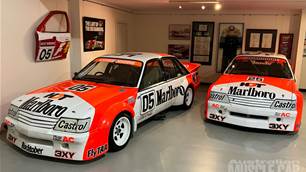
Big Banger Reunion

Video interview: Drinks With ... Matt Millar
